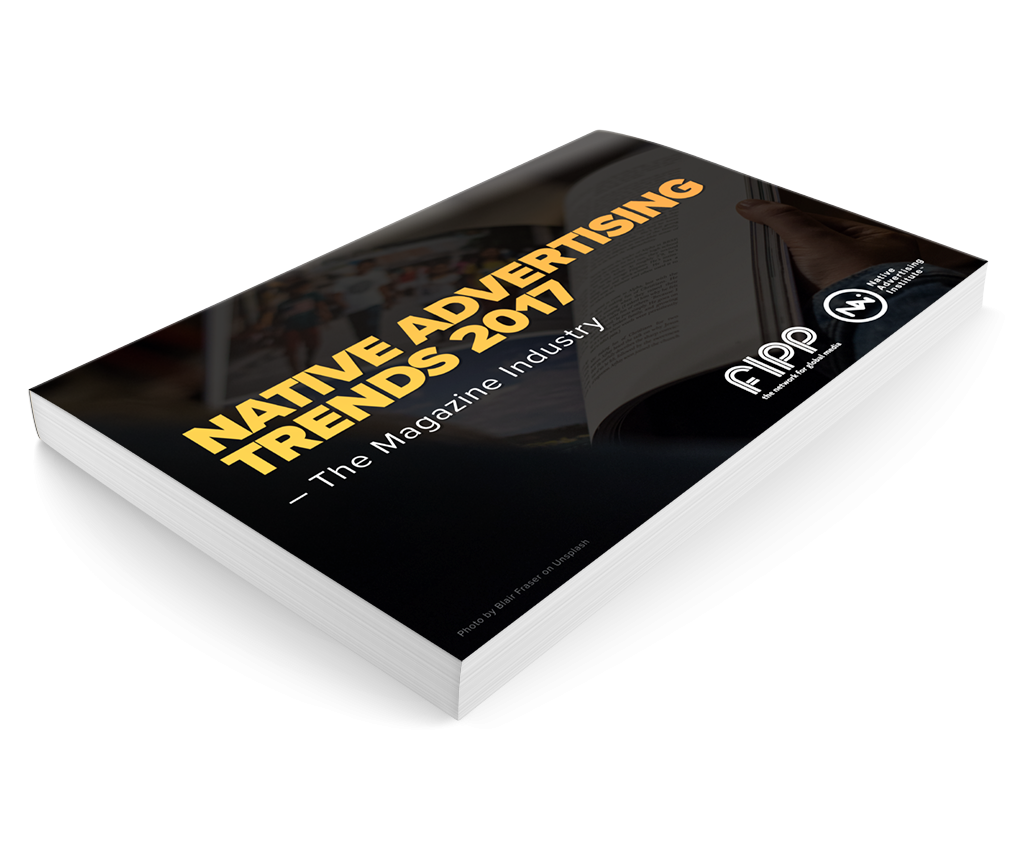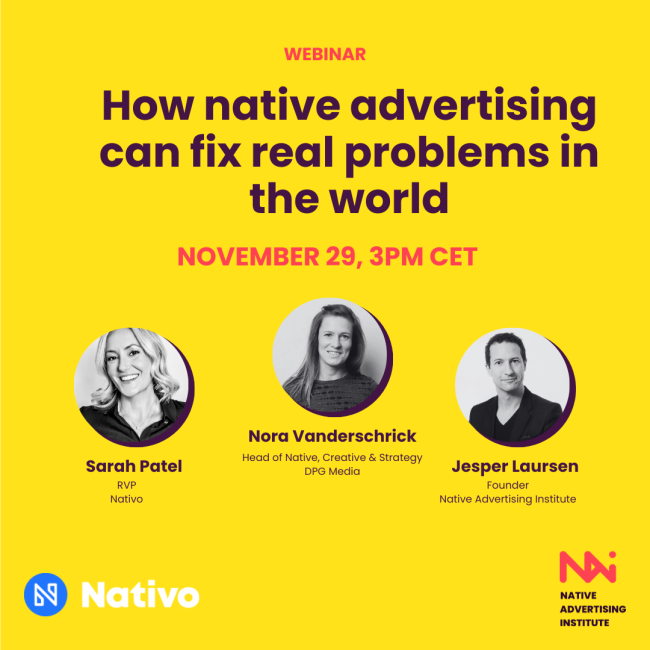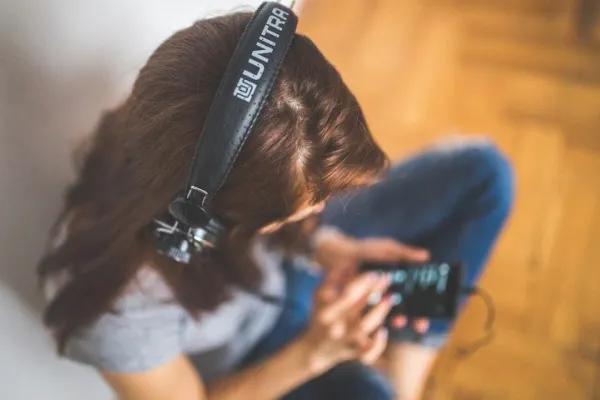
 Details
Details
What often gets skipped in discussions about podcasts is the distribution & syndication of the content.
Video seems all the rage among marketers; however, one thing that makes video special is the auditory aspect of it. Podcasts have had steady growth for years and seem poised to explode over the next few years.
Research indicates that people listen to an average of four hours of audio each day. Brands are investing into studios that output content, videos and podcasts. What often gets skipped in discussions about podcasts is the distribution & syndication of the content.
Before we discuss syndication; let’s look at podcast listening data.
Appetizing statistics
Podcast listeners are a voracious bunch who listen to an average of five hours per week. This stat alone should wet your appetite to help get buy-in.
There are several more strong indicators from the Podcast Consumer 2017 report by Edison Research & Triton Digital that are promising.
- 112 million people have listened to a podcast
- 42 million people listening to a podcast weekly
- $63k median income of podcast listeners (18.9% higher than US population median)
- Average of five podcasts per week
- 69% of podcasts heard on mobile device
- 77% click on podcast and listen immediately
- 27% subscribe to podcast & listen
Here is a graph of years listening to a podcast which shows podcast listeners is growing about 19% every 6 months:
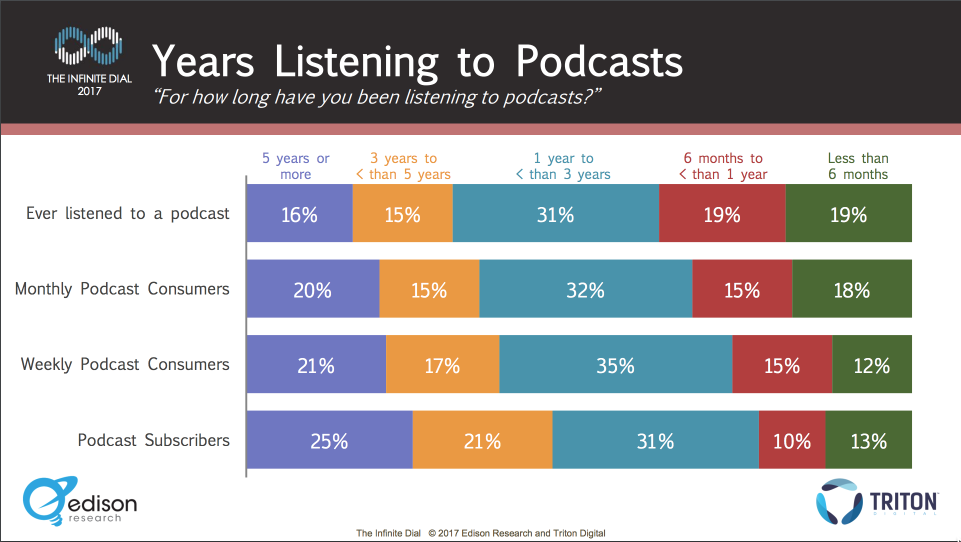
Now that the stage is set for the podcast explosion; let’s dive into syndication to attract listeners.
Everyone expects you to put a podcast up on iTunes. But what happens after that? How do you actually get people to listen?
Podcast syndication
Chad Pollitt expects native to win as a distribution channel in part because it matches the content and context necessary for successful marketing campaigns. Everyone expects you to put a podcast up on iTunes. But what happens after that? How do you actually get people to listen?
The old-school approach was the book tour version of podcasts; become a guest on other podcasts to promote your podcast. The only problem is people are typically listening to podcasts while engaged in another activity such as exercising or driving. Not exactly the best time to discover a new podcast. So when is a good time to get attention for a new podcast?
RELATED: Case Study: How to Get Listeners for a Commercial Podcast
What about when people are reading online?
We’ve seen brands use native advertising for videos, slideshows and mobile apps extensively. Now brands are turning to native advertising for podcast promotion to increase awareness.
Who is doing this? Let’s take a look at three brands that are using Outbrain & Taboola among other distribution partners to attract more podcast listeners through syndication.
Wine Enthusiast
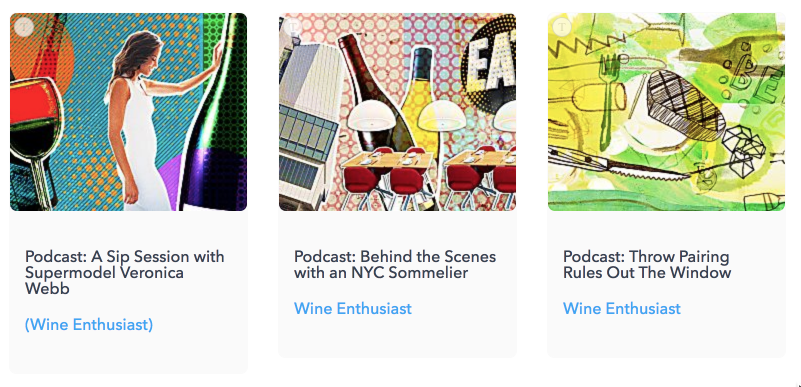
Wine Enthusiast, a print magazine with an online and mobile app, consistently uses native advertising to promote new episodes of the Wine Enthusiast podcast pairing star power and intrigue to draw in new listeners.
Each ad drives people to their website with the podcast embedded including a transcript and call to action for getting the podcast from iTunes or Google Play.
Qualcomm
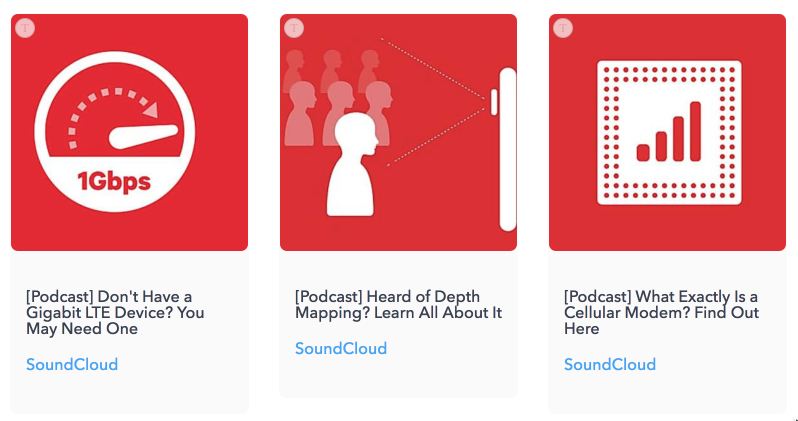
Qualcomm is a technology company that creates many of the components for the smartphone in your pocket.
Qualcomm attracts new listeners straight to the SoundCloud page for the episode advertised with a short summary of the audio aiming for expanded brand awareness. Clearly leveraging the fact that almost 80% of podcast listeners just click & play.
Hiscox
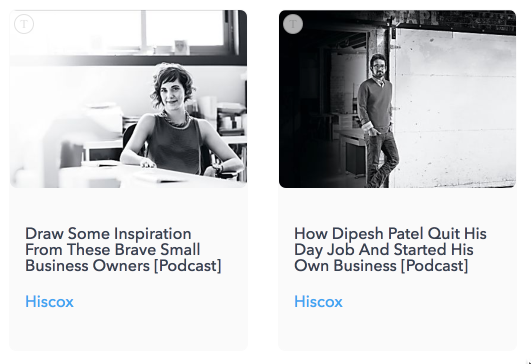
Hiscox, a financial services company, teamed up with Slate online magazine to promote its new Points of Courage podcast celebrating the big risk in small business.
Potential listeners are sent to either a Slate dedicated page or a Hiscox page with the episode embedded. The Slate version inspired people to share using the #encouragecourage hashtag on Twitter. A clear brand awareness campaign utilizing multiple native advertising channels for a win.
Without a syndication budget; it is unlikely to hit those goals that make executives sing praises for the latest initiative.
Podcast syndication budget buy-in
Podcasts tend to sit at the top of the funnel for gaining brand awareness in the marketing mix.
Assuming you already have buy-in for producing a podcast then how are you going to get additional funds for syndication. The simple approach is to look at the end goal of the campaign; such as people influenced to buy based on the time spent or number of people listened.
RELATED: The Ultimate List of Native Audio Advertising Solutions
Without a syndication budget; it is unlikely to hit those goals that make executives sing praises for the latest initiative. If you are going to spend a million dollars creating a commercial then another five million needs allocated to get it to air on TV. Apply this same logic and math to get buy-in for native advertising to syndicate your podcast.
Whether you are aiming for a budget for production, syndication or both; use the data from the Podcast Consumer Report to add independent research meat to your pitch.
Get creative by looking at all media types including video and content promotion for inspiration.
How to start
Native advertising may seem a bit daunting of an undertaking looking at the sheer number of companies in the space. Where do you start? Here are a few tips to simplify the process.
First start with one or two distribution networks such as Outbrain, Taboola, Sharethrough or Yahoo Gemini. Check out best practices on each to see which aligns with what you are already doing for other initiatives. The similarity will make it easier to get started without starting from scratch.
RELATED: Investments In Getting Reach Should Outweigh the Production Efforts
Research other native distribution in your space using competitive intelligence tools such as Adbeat or WhatRunsWhere. Get creative by looking at all media types including video and content promotion for inspiration. Pioneers usually have to blaze their own trails; rather than following where everyone else has already gone.
Give yourself time for success by allotting a three-month campaign and budget. Avoid common mistakes associated with content discovery setup. Native advertising tends to take a month to get things running and some initial data to make adjustments. The second month entails fine-tuning your creatives to the publications that are working well for your content. Around the third month expect to see more consistency on what works for your brand campaign.
The next generation won’t be looking up the weather or election results on a smartphone; they will ask a smart device to tell them.
What’s next
Over the next few years expect to see more investment into audio paired with syndication via native advertising for podcasts. Voice is exploding with Amazon Alexa, Google Home and Facebook Live Audio as another channel to engage your audience.
The next generation won’t be looking up the weather or election results on a smartphone; they will ask a smart device to tell them.
DOWNLOAD: Native Advertising Trends 2017 - The Magazine Industry
